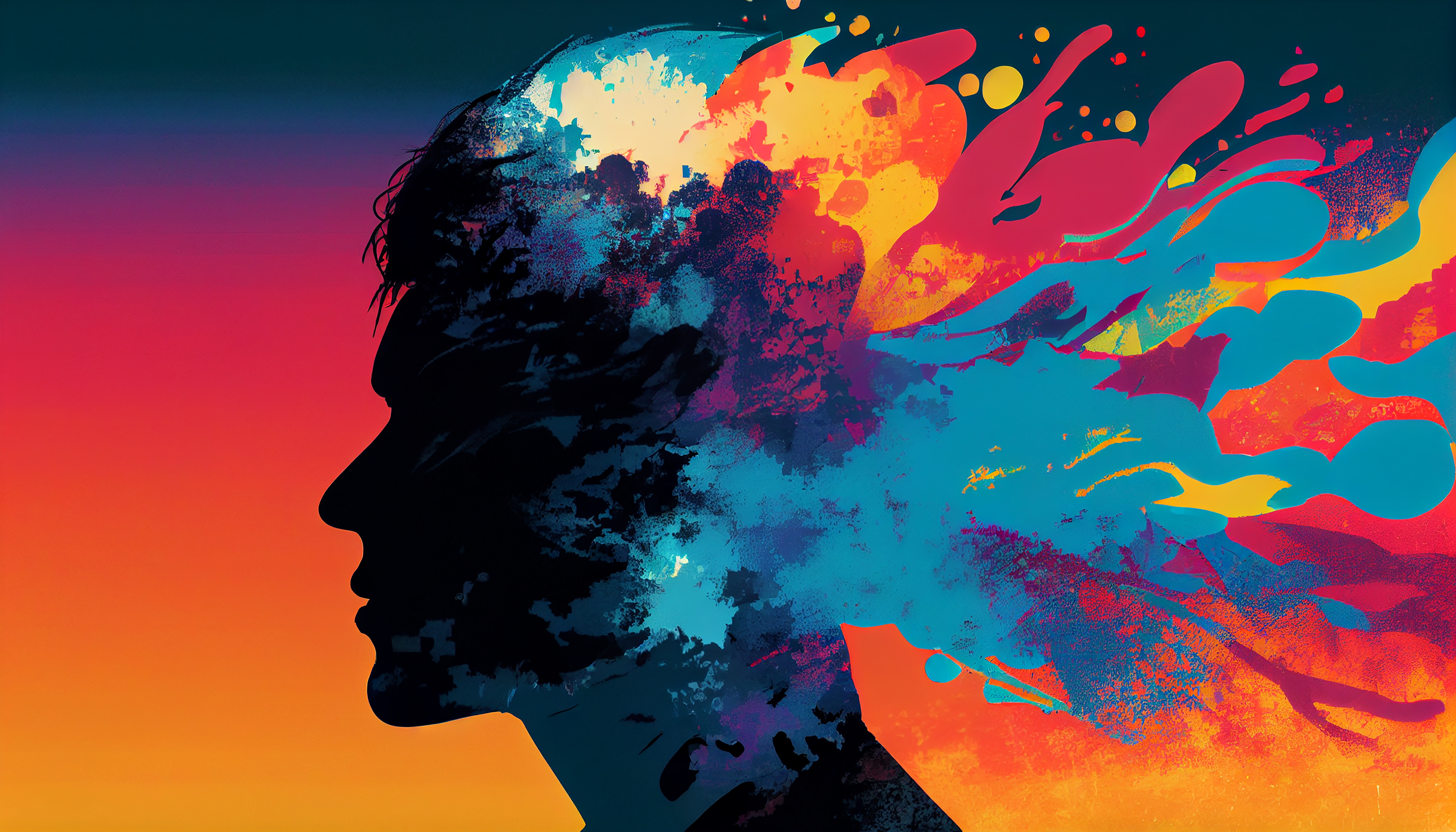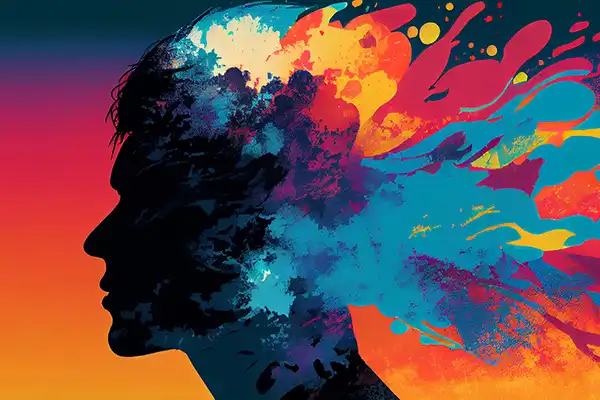

Activities
Our Blogs

Pain Education in India
A central character in Candide, ou l’Optimisme, a French satire by Voltaire, was Dr. Pangloss – professor of “métaphysico-théologo-cosmolonigologie.” Optimistic regardless of the circumstances, and ignorant to all philosophy and reasoning that does not support optimism, he believed that “we live in the best of all possible worlds.” Voltaire’s magnum opus – a blend of sharp wit and insightful portrayal of the human condition – stands testament to philosophical optimism giving way to painful disillusionment in the title character’s mind as he scuttles from one disaster to the other.
Pain education in India has been on a similar turf and almost Panglossian for many years. If pain education was delivered as it has always been done and if the optimism was kept high, one hoped that somehow it should all fall into place. It cannot be the best of all possible worlds where medical undergraduates are asked to serve rural communities with very little pain knowledge, or where post-graduates struggle to differentiate neuropathic from nociceptive pain. And that world, certainly, would neither have the pain physicians known disparagingly as ‘injectionists’ nor the ten-day long poke, inject, and forget courses masquerade as pain fellowships.
The Problem of Pain
The influence of pain in an individual’s life is far greater than that of any other neurological processes. From a societal perspective, a Lancet survey of 500,000 physician consultations in India suggested that pain is a major reason to seek healthcare consults (1). A fifth of urban Indians suffer with pain, and the prevalence was not very different in our rural communities. Its impact across professions, and across geographical regions – from rice-field farmers in West Bengal to oil-drill workers in Gujarat, and from dentists in Mangalore to nurses in Maharashtra – is not exactly discriminatory. Its severity and impact, too, could be so much so that a significant proportion of pain sufferers in India would like to quit their job if they have not already done so. Together, these statistics suggest a looming public health crisis.
The Challenges
- Pain education across the world
- Learning from mistakes
A survey by the British Pain Society concluded that the veterinary undergraduates were taught better pain management than students who would be dealing with humans in the future (2). Our four-legged or feathery friends comparatively had better trained doctors caring for them. A Europe-wide research in 242 medical schools across 15 countries found that 82% of medical schools did not have compulsory pain education, and when pain education was compulsory it accounted for an average of 0.2% of medical undergraduate teaching (3). The future doctors in Europe were clearly ill equipped to manage or treat their 75 million pain sufferers. A similar situation prevails in North America. India’s premier institution AIIMS offers more than double the number of hours of pain-related teaching, mainly in the domains of pain physiology and pharmacology, but precious little for students to better understand clinical pain care (4). Collectively, this data suggests that undergraduate pain education is uniformly poor across the world.
The difference between developed and developing countries is much more evident in post-graduate and sub-specialty pain training programmes. The modular training, well-thought-out curriculum, accreditation criteria, in-training assessment, faculty development and clearly defined examination pattern of the various Boards and Faculty of Pain Medicine is lacking in India. There exist a handful of pain fellowships in India that are twelve months or longer and offer the trainee a stipend. These university accredited fellowships and private fellowships is a start, but woefully inadequate to meet the ideals of equitable healthcare for India. A standardised, nationwide pain training program is an experiment in the making by the Indian Society for Study of Pain (ISSP); the success of which depends on developing a culturally sensitive, common minimum criteria without going overboard with the model of developed countries.
The Developed world, if one accepts the term, means that there is little scope for improvement – a sobering thought. The Western model of pain management has its own challenges. For the millions of dollars pumped into pain care, the United States has very little to show in terms of improved productivity or reduced absenteeism. Driven by insurance lead payments and with not much consideration for quality multidisciplinary pain care, it might require a major overhaul. The ‘Pain is a Vth Vital Sign,’ sloganeering has now been consigned to the bin by the American Medical Association. We, the gullible in India, parroted these sound bites; we can regret in leisure. That pain, whatever be the cause, could be treated with opioids is a western invention of the 21st century. That now, opioids are the biggest killer accounting for 25,000 deaths a year in the United States is the reality. The ‘lancinating’ pain in the McGill Pain Questionnaire is something that even the British do not report despite the Brexit. Such descriptors are uninformative, hackneyed, and not validated in the many languages of India. There was then the retreat from the impossible ‘Pain Relief is a Fundamental Human Right’ declaration to the pragmatic ‘Access to Pain relief is a Fundamental Human Right.’ To be objective, none of the developed countries claimed supremacy for their model of care; we just aped them without a thought.
Models of Change
Top Down
The top-down influence for a change in pain education should involve the regulatory bodies like the Medical Council of India, accrediting bodies such as the National Board of Examination and the Health Universities, and the Central and State governments. A crucial step in the process is to recognize pain as a public health issue that continues to eat away the scant resources at our disposal. With such recognition comes the will to implement changes that include:
§ Training the required number of personnel to teach pain management through train-the-trainer workshops.
§ Creating awareness among public about self-management of pain and about seeking help.
§ Policy changes that make it mandatory for healthcare professionals to learn assessment and treatment of pain e.g. pain management workshops for undergraduates in medicine, physiotherapy and nursing, and implementing pain management as part of the curriculum.
§ Monitoring the changes. Not just to find how well it works, but to find the means to improve the process.
§ And finally, allocating the funds and resources to drive the program.


 Prev
Prev



